This town was supposedly like a village in 1326, it was called Beckerek, because that land belonged to the Hungarian family of Vienna, the place was located between three islands on the river Begej.
Since this belonged to the Hungarians, the Hungarian king Sigmund of Luxembourg in the early 15th century gave it to the despot Stefan, the Beckereck fortress was built there. The peoples who made up this city were Serbs, Germans, Italians, Romanians, French and even Spaniards.
At that time it was called Veliki Beckerek, everything was under the rule of Hungary, also the despot of Stefan Lazarevic, Djurdj Brankovic, until they were attacked by the Turks, that was in 1557.
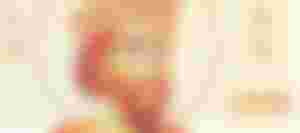
Mehmed Pasa Sokolovic conquered the Beckereck fortress, they ruled until 1701.
In 1716, the Austrian army expelled all the Turks from Veliki Beckerek.
They opened a school in 1722, a brewery in 1745, it became a trading town in 1769, then Mother Teresa founded a hospital with her charter in the same year 1769, they soon opened a pharmacy, etc.
It had many ups and downs, that in 1807 there was a great fire, but it was quickly rebuilt, the city was under Austrian rule.
Until they were attacked by the Serbian army under Brigadier Dragutin Ristic in 1918, it was during the First World War, in 1929 it was part of the Danube Banovina, so they called the province Vojvodina.
Then, in 1935, the city was proclaimed to be called Petrovgrad after King Peter.
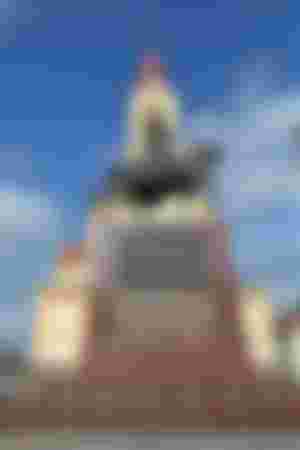
At the beginning of the Second World War, on April 18, 1941, the German army entered Petrovgrad, and the Germans who already lived there had already arrested patriots and seized Jewish property.
Then they immediately renamed the city, returned the old name Veliki Beckerek, there was the seat of the occupiers from 1941 to 1944 for Banat, led by the German Juraj Spiler. There was a camp for almost two years, where over 1000 people passed. During that period the city was preserved, not destroyed.During World War II they only destroyed the Anau-Winkler mill and the Jewish synagogue.
On October 2, 1944, just on this day, the Red Army entered the city, fought to liberate the city, occupied it, then the Germans tried to destroy the industry, but were prevented.
Members of the New Liberation War were Zarko Zrenjanin, Svetozar Markovic Toza, Pap Pavle, Stevica Jovanovic, Servo Mihalj, Dr. Bosko Vrebalov, Nedeljko Barnic Zarki, Bora Mikin Marko.
Prior to this release, attempts were made to free him, but it was discovered on July 23, 1941, that Ruza Sulman, her husband Vladimir Kolarevic Koca, Franko Samuel, Stojan Arsenov and Tiberije Aldan were shot dead on July 26, 1941.
When they liberated Veliki Beckerek, they changed the name to Zrenjanin.
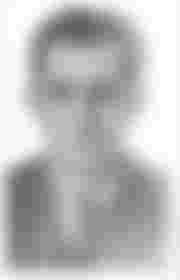
That is how this city is named after Žarko Zrenjanin, today.
Otherwise, this town is developed, it consists of settlements called Bagljaš, Budžak, Gradnulica, Dolja, Duvanika, Zeleno Polje, Lesnina, Mala Amerika, Mužlja, Centar, 4. July, Čontika, Šumica, Nova Kolonija, Ruža Šulman, Žitni Trg- Zrenjanin, Brigadira Ristića, Berbersko, Bolnica, Budžin boulevard, Putnikovo, Mičkej.
By the way, there are many different peoples in the city, most of them Serbs, Hungarians, Romanians, Roma, Bulgarians, Macedonians, Germans, Poles, French, Czechs, Slovaks, Croats, Bosniaks, Ruthenians, Jews, Russians, Ukrainians, Gorani, Vlachs, Muslims. , Albanians, etc. Almost 30 national minorities in this city and its surroundings. The most multinational environment.
I hope you enjoyed learning all about the city, otherwise today is October 2, 2020, so for 76 years this city has been called Zrenjanin.
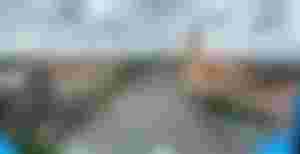
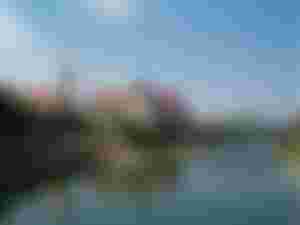
Zrenjanin in Hungarian is Nagybecskereki.
If you ever come to Zrenjanin, you can visit the places I have already written about.

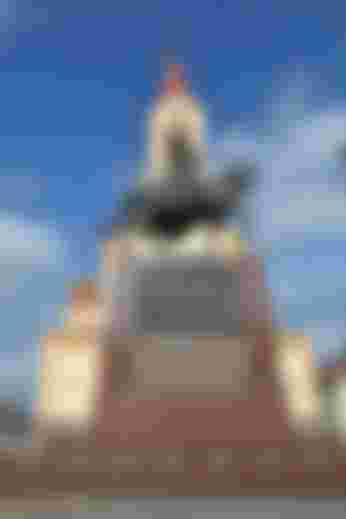
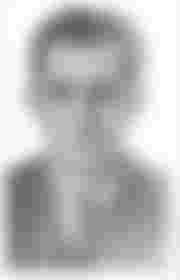
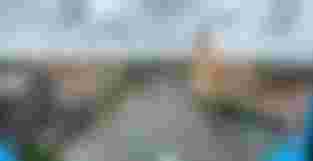
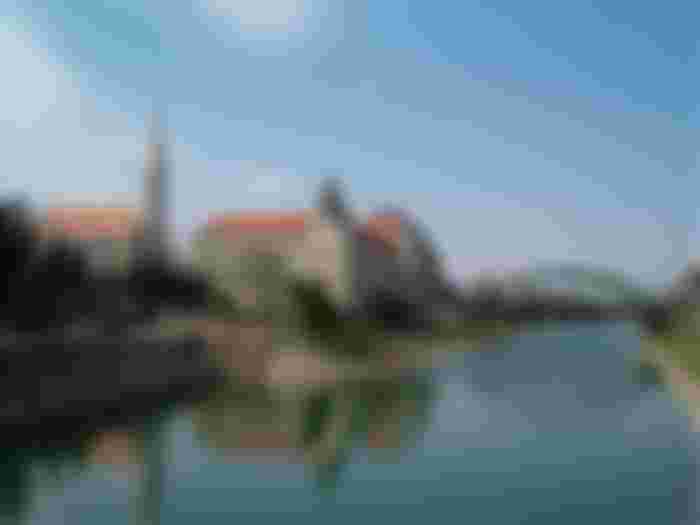
Znao sam neke osnovne informacije o ovom gradu, sad posle ovog članka znam malo više:)...Lep gradić inače, miran,tih...